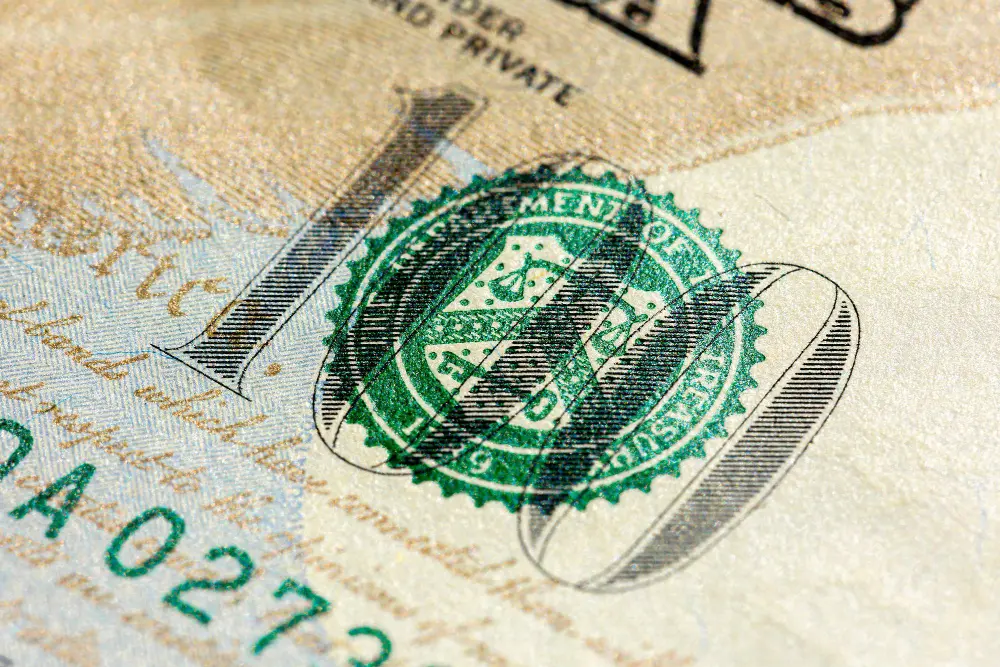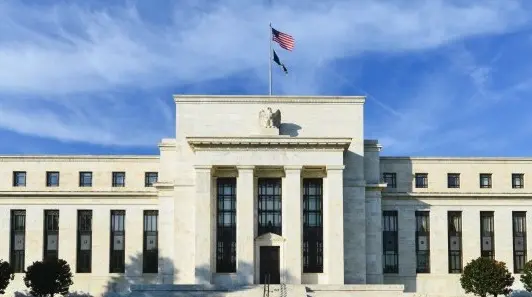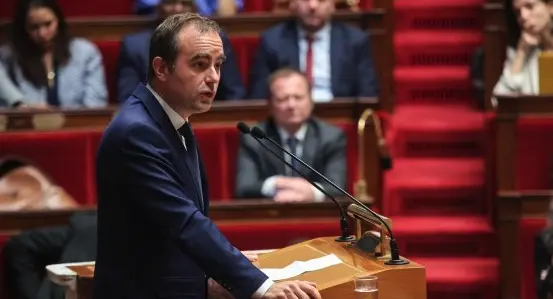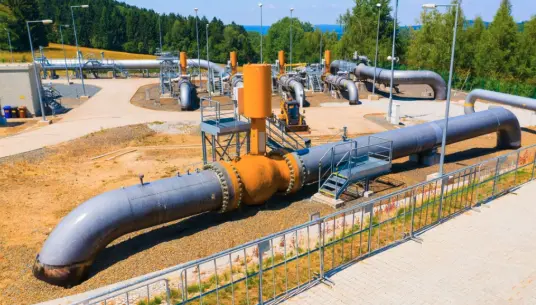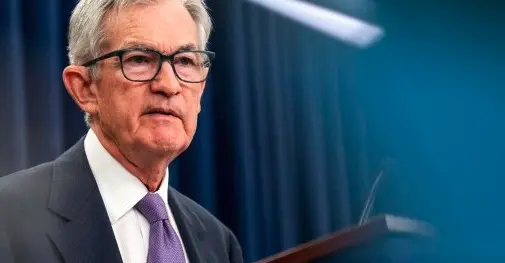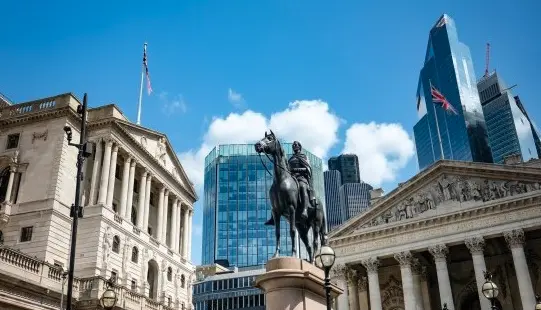The largest U.S. chip maker by revenue is facing a major industry downturn, fierce competition and an expensive recovery plan.

Salary reduction
Intel CEO Pat Gelsinger and other executives are cutting salaries days after the company released quarterly results that disappointed Wall Street.
Gelsinger, in the top job for two years, will see his base pay cut by 25%, Intel said. The company said other cuts would be staggered, with base salaries set at 15% for executives, 10% for senior managers and 5% for middle managers.
Intel said hourly workers and junior workers would not be affected.
The Losses
The PC market is in a sharp downturn, with device shipments down 28.5% in the last quarter of 2022. Semiconductor companies are now oversupplied with chips as a result of a shortage caused by the pandemic, which has been driven by both supply chain constraints and high product demand digital.
Intel is also feeling the pain of belt-tightening by wider corporations, which is affecting sales in its lucrative server business. Revenue from data center customers fell by a third in the fourth quarter. On Thursday, the board said softness is expected to hold for the first half of the year, followed by a slight rebound in the second half as China's enterprise market recovers faster than the cloud computing industry.
Intel last week posted a loss for the last quarter and said it expects to stay in the red for three months through March. The company has not suffered consecutive quarterly losses in more than three decades. Intel expects another loss in March quarter.
Read next: AUD/USD Pair Remains Under Strong Selling Pressure, The EUR/USD Pair Has Been Falling But Remains Above 1.08$| FXMAG.COM
Intel continues to lose market share to rivals such as Advanced Micro Devices Inc. and companies that have adopted semiconductors based on technology from British company Arm Ltd., analysts said on Friday. Intel said development of the new processors is proceeding as planned.
Intel's financial turmoil comes at a critical time. The company is investing heavily in chip manufacturing to regain a foothold lost to Asian rivals who are now leading the industry in producing the most advanced chips.
Intel CFO David Zinsner said the company's adjusted free cash flow for the first half of the year will be below last year's expectations before improving.
Gelsinger’s plan
Intel has fallen behind its chip-making competitors in Asia in the race to produce the fastest chips with the smallest transistors, although Gelsinger has outlined plans to return to the lead within a few years.
Even as Intel cuts spending, it continues with an unprecedented plan to expand its chip manufacturing plant. Gelsinger has presented an ambitious plan to Intel to reclaim the lead in chip manufacturing that it has ceded to Asian rivals in recent years through multi-billion-dollar investments in factories. The company's capital expenditures rose to a record $24.8 billion last year, up 33% over the previous year.
Gelsinger has committed to investing more than $100 billion in new U.S. chip fabs. The company relies on grants from the U.S. government and other countries to help defray the cost of these efforts.
Intel executives said they were still committed to major projects, although the company delayed the start of construction of its facilities in Germany amid deteriorating market prospects and took other steps to save money.
Intel share prices
The troubles in the industry are perfectly illustrated by the movement of ren stocks. Last year, Intel's share price dropped significantly from above 50.00 to below 30.00.
Intel shares fell more than 9% in trading on Thursday. But today, prices have gained 3% and are trading at 28.26.

Source: wsj.com, finance.yahoo.com
